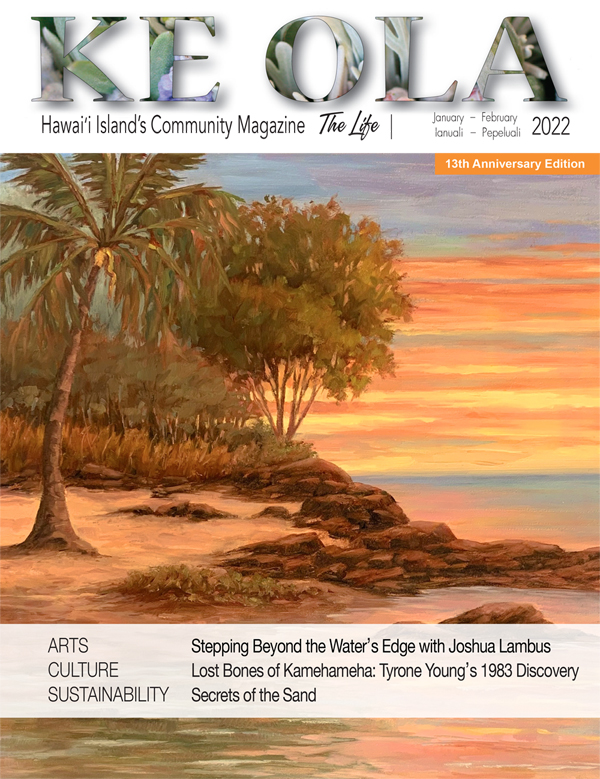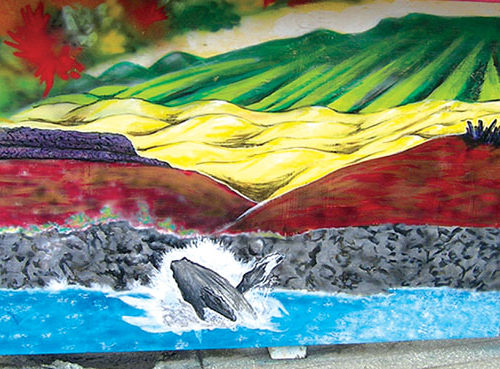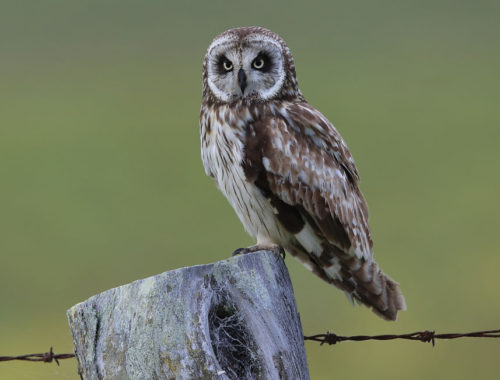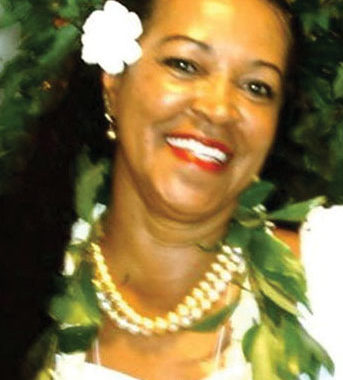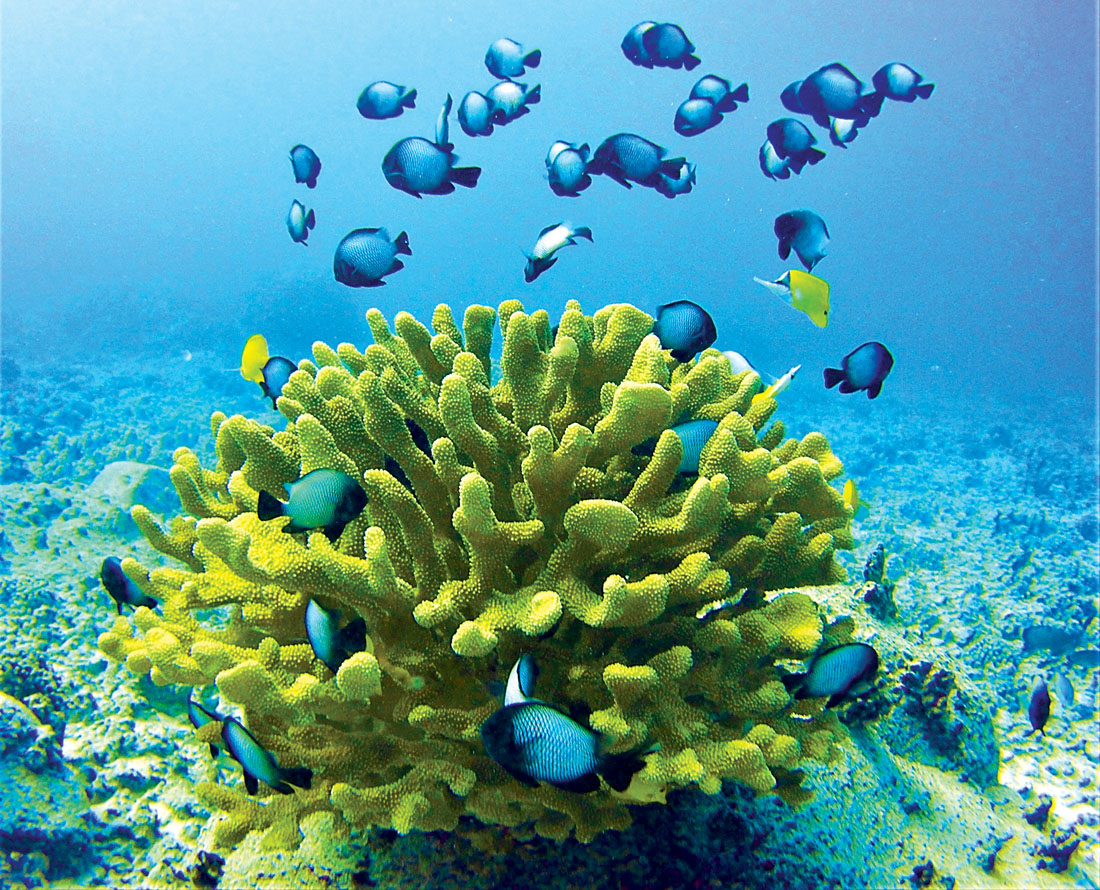
What Lies Beneath: Coral Reef Education Institute

By Brittany P. Anderson
On a clear day in Kamuela you can see everything—from the top of Mauna Kea, across the pasture lands, and down to the blue Pacific. Birds glide overhead, as trees bend in the winds of the upcountry, and the ocean remains a perfect shade of blue.
Hidden below the ocean’s surface is an entire world complete with underwater forests, creatures, and currents. More than 50% of all species on Earth live under the ocean.
Hawai‘i is the most distant from any other landmass on the planet. Due to our unique location and geography, native plants and animal species are found nowhere else on the planet, including roughly 25% of Hawai‘i’s reef fish, coral, and algae species.
Heather Howard and Paul Badgley founded the Coral Reef Education Institute (CREI) to teach as many people as possible about the negative impacts humans have on our oceans and the attainable solutions for those issues. Through their education programs, Heather and Paul are bringing the trouble with Hawai‘i Island’s coral reefs to the surface.
What Is Coral?
“Does anyone know what coral is?” Heather asks a group of volunteers as they gather together on the sand at Kawaihae Harbor. Most in the crowd fidget nervously as they look at one another, collectively realizing they have no idea what coral is or even if it’s alive. Today’s beach cleanup is attended by an eclectic mix of residents, students, and a group of service members from the Pōhakuloa Training Area. Heather always starts with an introduction to coral. “I’ll talk about coral to anyone who will listen,” she says with a hearty laugh.

Coral is an animal in the same group as sea anemones and jellyfish. They are divided into two main groups—hard corals and soft corals. A single coral animal is called a “polyp,” and a grouping of coral is called a “colony.” Hard corals take the calcium out of seawater to create rigid structures that protect their growth. Hawai‘i is home to four endemic hard coral species. These corals form vast colonies made up of millions of polyps. Soft corals bend and wave in the water currents like an underwater forest.
Heather and Paul started CREI after seeing firsthand a massive loss to Hawai‘i Island’s coral population. It’s been their passion ever since. Leading groups of volunteers for beach cleanups is just one of the educational opportunities this dynamic team hosts.
“In 2015, we had a massive bleaching event when the ocean temperature rose three degrees for 18 weeks. We lost 50% of our coral cover across the state and 95% of our cauliflower coral,” Heather says as Paul nods behind her. Heather, a dive master, and Paul, a dive instructor, saw it with their own eyes and knew something had to be done to help save Hawai‘i Island’s coral reefs.

The Culture of Coral
“I didn’t know a ton about coral at the time, so we started learning,” Heather says. Paul and Heather studied coral reef ecosystems, vulnerabilities, and critical species—anything and everything they could get their hands on.
“We were like, okay, what can we do?” Heather says passionately. “Our idea was to plant coral because there are successful projects all around the world,” she adds. Heather and Paul researched laws surrounding coral planting in Hawai‘i and found the state has particularly stringent rules and regulations around coral.
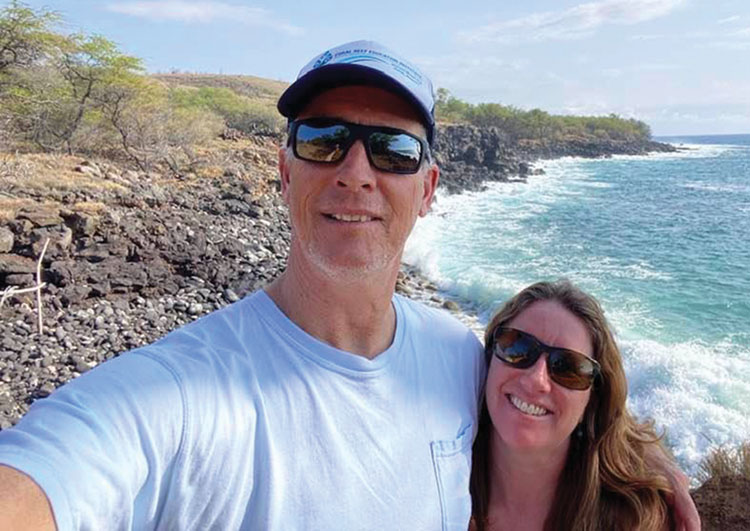
Hawaiian culture is the foundation of the laws in Hawai‘i concerning coral. In the Kumulipo, the 2,000 line creation chant, the coral polyp is the first living creature born out of the darkness. Passed down through oral traditions, it says, “Hanau ka ‘Uku-ko‘ako‘a, hanau kana, he ‘Ako‘ako‘a, puka,” translated to mean “Born was the coral polyp, born was the coral, came forth.” The Kumulipo is one of the primary sources of information on Hawaiian culture, political structure, and way of life. The way the Kumulipo organizes the creation of species closely resembles modern scientific species classifications.
The Kumulipo tells us that ko‘a (coral polyp) was the first organism created, and because of this, Hawai‘i has some of the strictest management practices around coral. “The laws and the policies written around coral make it very protected—you aren’t allowed to touch, change, or remove coral,” Heather adds, “And rightfully so.” The couple discovered that their plan to plant coral to strengthen Hawai‘i’s coral reefs would take a much longer permitting process than initially thought. “Hawai‘i wouldn’t allow us to do it,” Heather remarks.
The learning curve was steep, yet despite the temporary setbacks, Heather and Paul started their nonprofit, Coral Reef Education Institute, in May 2019. Through their Intro to Coral Reef Class, the institute educates the public on simple things they can do that significantly impact the health of our coral reefs. “Many people don’t understand the significance of coral. In just an hour, you can walk away, saying, ‘WHOA, I’m going to make some changes in my life, they’re going to be easy, and I am going to help save the planet,’” Heather says excitedly.
Teachable Moments
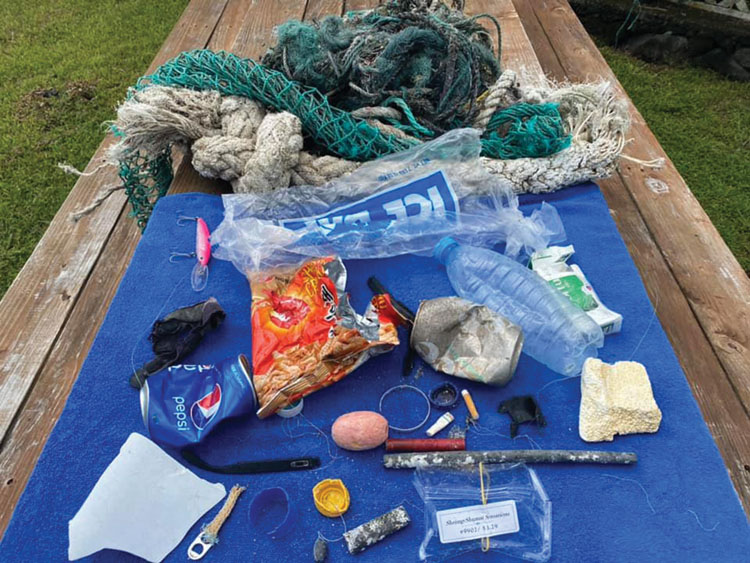
CREI’s goal is to make saving our coral reefs approachable to residents and tourists alike. “If we can teach somebody something small that they can do differently and the impact that their choices make, and those people teach their kids, or a family member; that’s where we can make the biggest impact,” Heather says.
The institute offers its Intro to Coral Reef Class in a variety of settings including on tour boats. “We work with a company called Ocean Eco-Tours and we use their boats a lot for teaching classes,” Heather states. They also teach ocean-related tour providers, giving out free educational materials to crew members so the company can teach patrons all about corals in Hawai‘i. Heather and Paul stress the importance of ocean-safe sunscreens and why it’s important to the coral reef ecosystem. “Hawai‘i County disposes of sunscreens as hazardous waste,” Heather says with disgust, “it’s not good for any ecosystem and we especially don’t want it in our oceans.”
CREI has found that visitors are increasingly looking for opportunities to connect with Hawai‘i in new ways. Heather notes, “There are those tourists that are really excited by conservation education, and they are really receptive,” the forward-thinking pair say.
The Intro to Coral class is two hours long with one hour onshore and one hour in the water. Students leave the class able to identify four corals in Hawai‘i’s waters. If someone can’t afford to take the course, there is a scholarship fund available because a portion of the proceeds from each class goes into the fund. Heather and Paul want to ensure that coral education is within reach for everyone.
During the pandemic lockdowns, the institute submitted several grant applications, and so far, none have come to fruition. “We haven’t gotten a paycheck, but it is a labor of love that is very much worth it,” Heather says. While Heather and Paul operate Coral Reef Education Institute on a shoestring budget, their love for Hawai‘i’s coral is making a meaningful impact.

Building a Community
“Our interns have been a tremendous help,” Heather says emphatically. The Coral Reef Education Institute is always open to interns from creating education materials, to mapping, surveying, and teaching. “We’re always open to help,” she adds.
As the institute benefits from the additional help, interns receive a new perspective. One recent intern, also named Heather, volunteered before heading off to college intent on becoming a teacher. During the summer she created the Hawai‘i Coral ID course, which changed her outlook on education. She is now leaning towards teaching young children in the sciences.
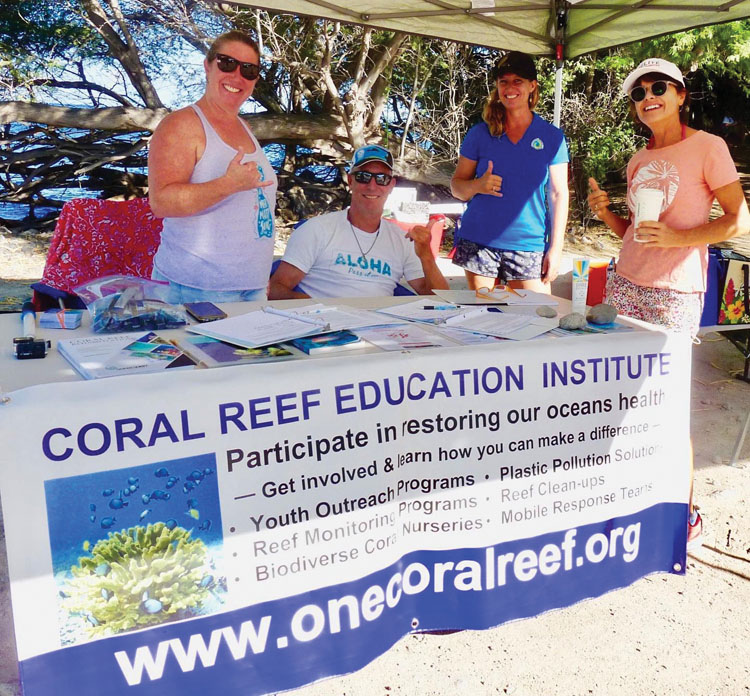
The division of aquatic research gave permits for coral restoration in July 2021 to three nonprofits on O‘ahu, Kuleana Coral, Malama Maunalua, and Restore with Resilience. “We attended the event, which was the first time the public was allowed to participate in a coral restoration project in Hawai‘i,” Heather says triumphantly.
Working with a consortium of organizations, government entities, and educational institutions, an event was hosted where community members were able to micro-fragment coral—essentially cutting it into pieces—stimulating growth, and planting polyps to repopulate the Maunalua Bay reef. “It was the first coral planting of its kind in Hawai‘i, ever, which was so cool,” Heather says of the experience. Heather is hopeful that the institute will receive permitting to host coral planting events on Hawai‘i Island in the very near future.
Volunteers swim, their heads submerged, as they count coral species in Kawaihae Harbor, enchanted by the underwater world and their ability to identify the plants and animals around them. As they slowly make their way back to shore, Heather beams with pride. “I will not give up. We’ve been beaten down a lot, it’s been a struggle, but we just keep going,” she says with a twinkle of optimism in her voice. The group assembles on the sand, and one servicemember looks back at the water, as if longing to see what lies beneath the blue one more time. ❖
All photos courtesy of Heather Howard
For more information: onecoralreef.org
